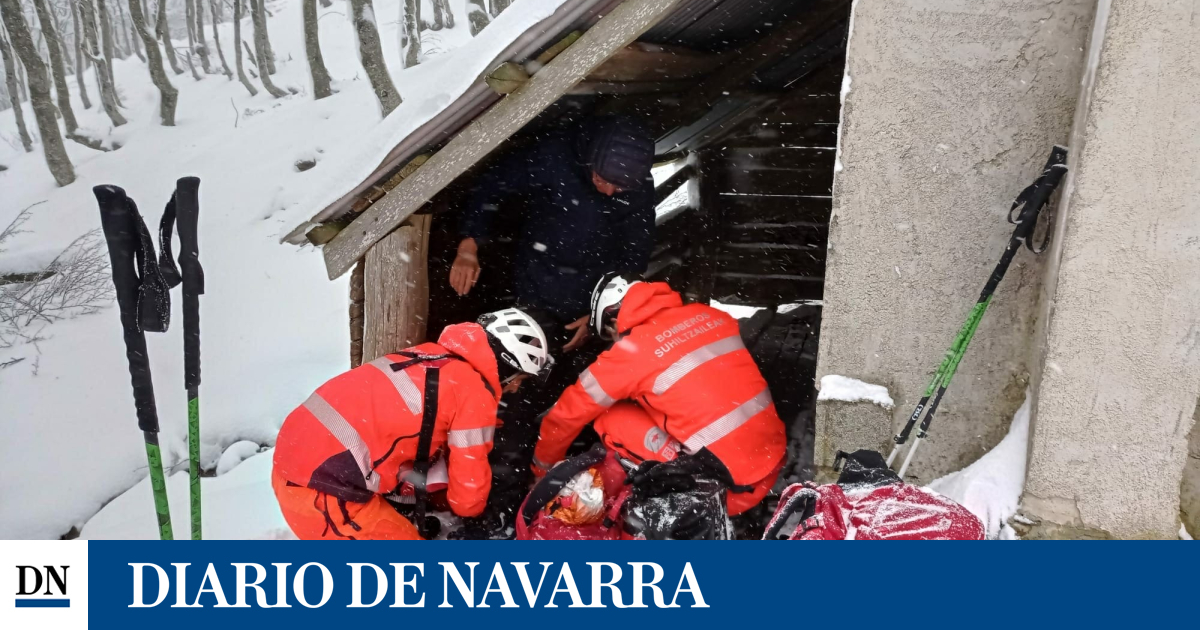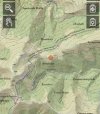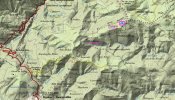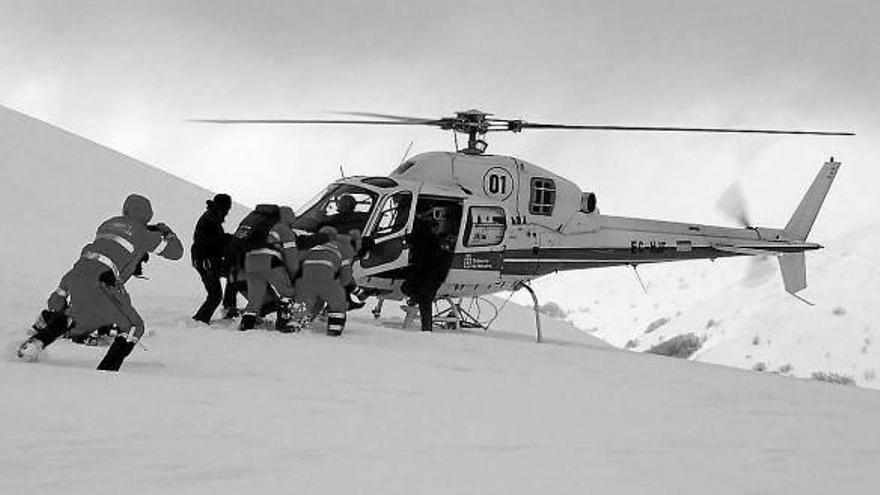- Time of past OR future Camino
- Too many and too often!
A local news website is reporting the rescue of a German peregrina who took shelter overnight from heavy snow in a shepherd hut in the hills near Roncesvalles.

 www.diariodenavarra.es
www.diariodenavarra.es

Rescatan a una peregrina alemana que ha pasado la noche en un refugio de pastores de Orbaizeta
La mujer, de 67 años, realizaba el camino de Santiago a la inversa y ha sido rescatada por los bomberos
Last edited:



























